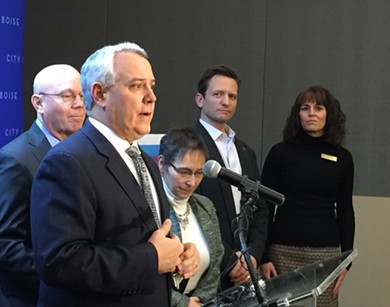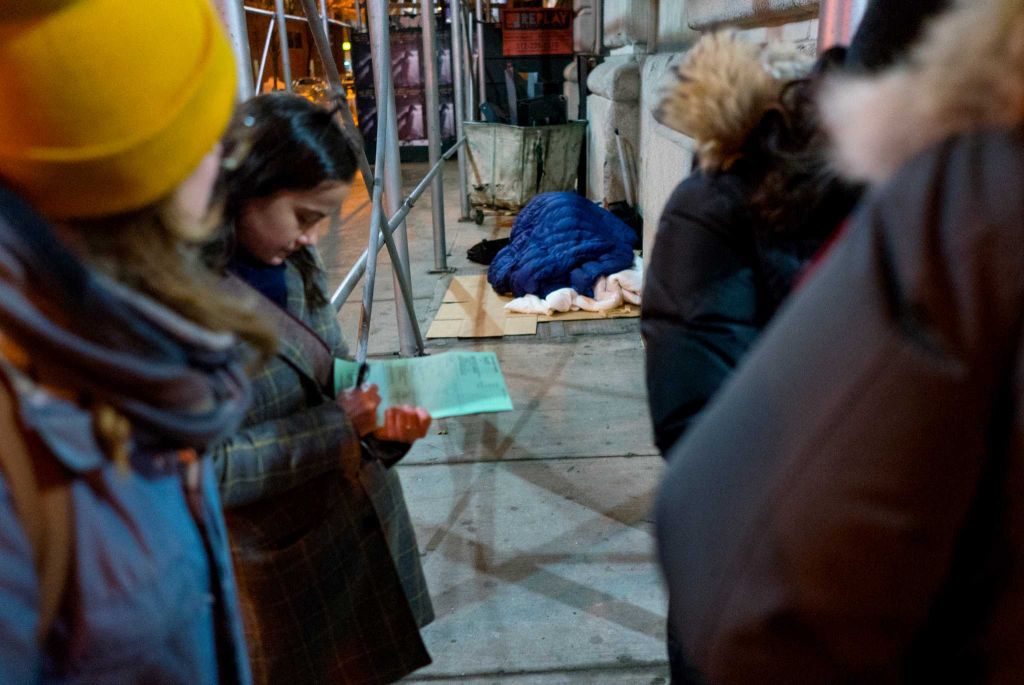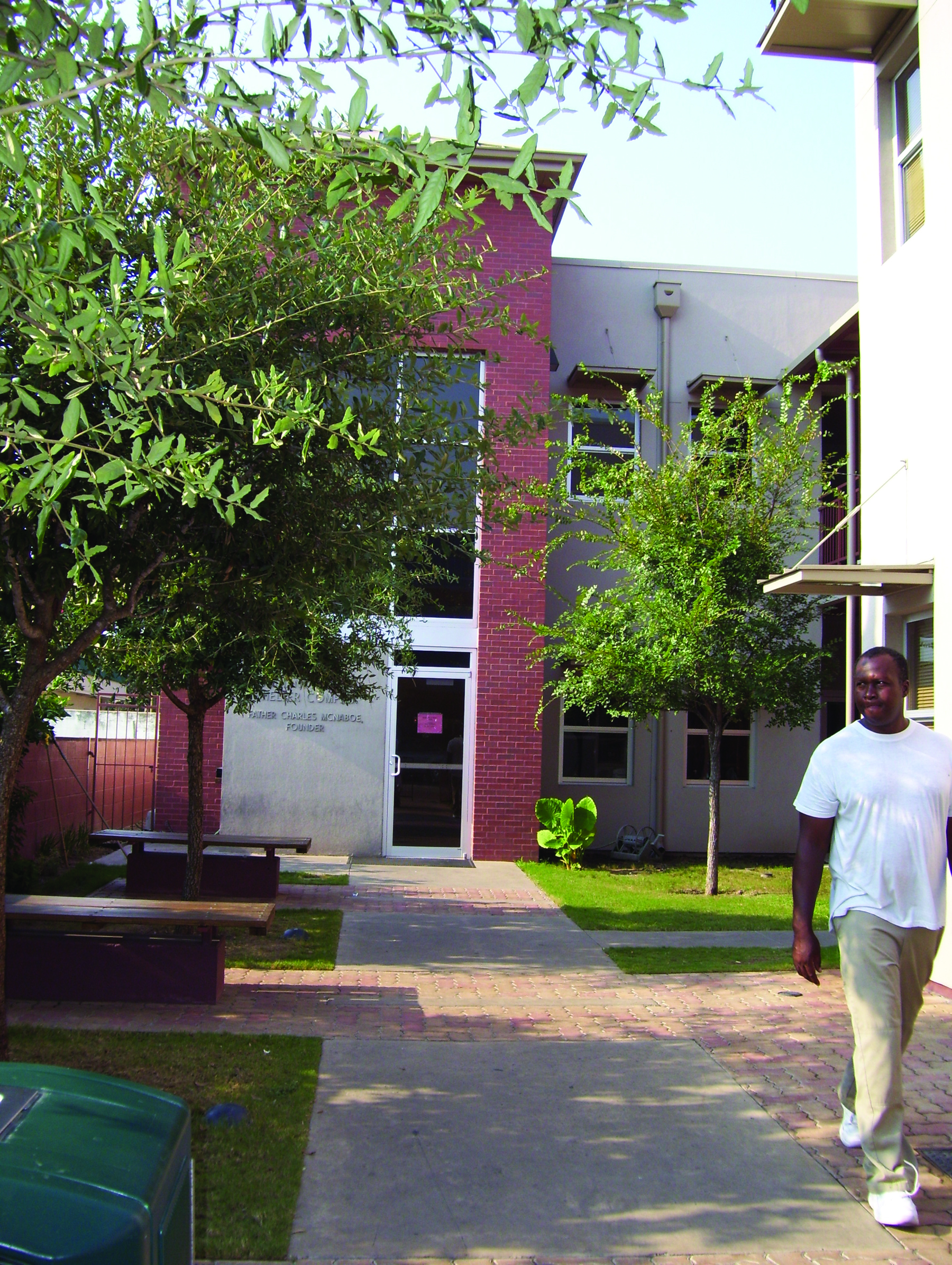-
Meyer: Denver tiny-house protest was an act of civil disobedience
he activists had to know what they were doing was illegal. Sure enough, police were summoned, the houses were carted away, and activists were arrested for trespassing.
But on second look, the move was ingenious civil disobedience to bring attention to the city’s increasing homeless and housing problem.
In January, the annual point-in-time survey counted 6,130 homeless men, women and children in the seven-county metro area — a number that is likely much less than the real number.
Nearly a quarter of those were “newly homeless”; half were families with children. Eight hundred people were found living without shelter.
It should be noted that Denver officials are well aware of this problem.
Denver Mayor Michael Hancock’s 2016 budget proposal calls for adding $8 million next year and $15 million in following years to help “construct, preserve and rehabilitate thousands of affordable housing units.”
Hancock also wants $3.5 million from the general fund and $2 million from a homeless donation fund to spend on a homeless solutions center.
These are important moves and will help. But the urgent message from Denver Homeless Out Loud should not be ignored.
The group chose the perfect piece of land to make a statement. It set up several tiny houses on property at 25th and Lawrence Street that historically had been used for low-income housing. For decades, the property was part of the Curtis Park public housing project.
In the late 1990s, the projects were demolished so the area could be rebuilt with mixed-income units that would incorporate public housing. The plot of land at Lawrence and 25th Street was in the project’s final phase.
In 2009, the property was renamed Sustainability Park, where people could learn about alternative building designs, water-saving technology, and gardening.
On Saturday, however, the last plants were being removed as the property was getting ready to be sold to a developer, who wants to build “mixed-income homes.”
Under city law, 10 percent of those units must be reserved for buyers who earn 80 percent of the area median income, or about $64,000 a year for a family of four.
Denver Homeless Out Loud activists say that is still too expensive. In protest, they set up tiny houses and waited for the city’s inevitable response. The move cleverly brought attention to a hidden but glaring problem.
Activists later suggested the city should consider changing its codes to allow tiny houses that could be a temporary solution to the housing shortage.
They pointed to places like Portland, which is considering adding its third tiny-house village for homeless.
The first, Dignity Village, was approved in 2007. A nonprofit manages the village that is limited in size and features a strict code of conduct for residents. The site has become a national model for transitional housing.
Would it work in Denver? Would it devolve into a shanty town or could it be managed to provide people the necessary housing first?
Denver shouldn’t immediately disregard the group’s actions. What happened was illegal, but it was a statement and a conversation-starter on one of Denver’s most vexing problems.
E-mail Jeremy Meyer at jpmeyer@denverpost.com. Follow him on Twitter: jpmeyerdpost
To send a letter to the editor about this article, submit online or check out our guidelines for how to submit by e-mail or mail.
Meyer: Denver tiny-house protest was an act of civil disobedience
0 comment



